Home>Garden Essentials>How To Grow Pomelo From Seed
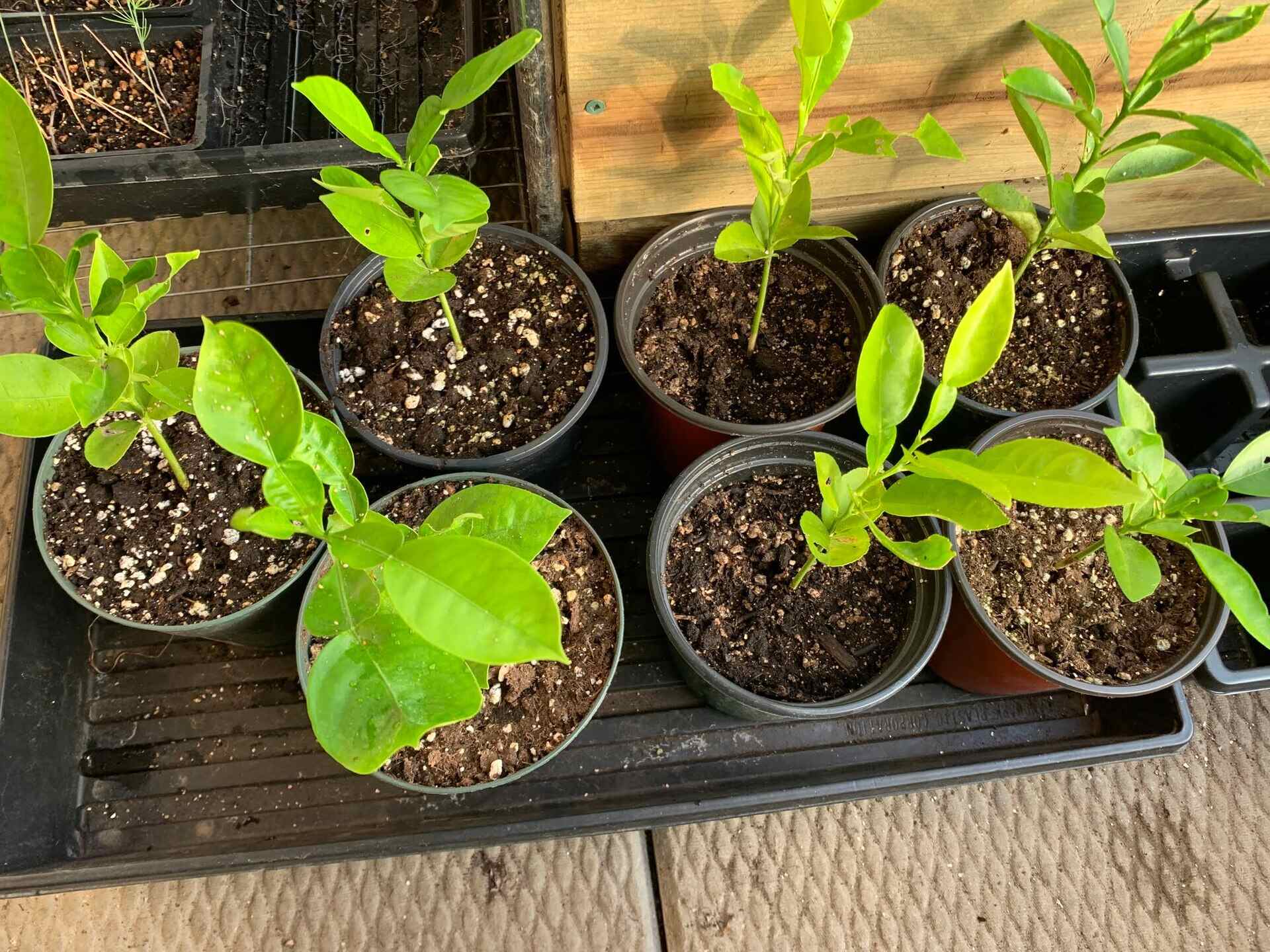

Garden Essentials
How To Grow Pomelo From Seed
Modified: May 6, 2024
Learn how to grow pomelo from seed in your garden with our comprehensive step-by-step guide. Start cultivating your own delicious citrus fruit today!
(Many of the links in this article redirect to a specific reviewed product. Your purchase of these products through affiliate links helps to generate commission for Storables.com, at no extra cost. Learn more)
Introduction
Welcome to the world of gardening, where you can connect with nature and experience the joy of growing your own fruits. If you are a fan of citrus fruits and looking to add a unique and refreshing touch to your garden, growing pomelo from seeds might be just the project for you.
Pomelo, also known as Citrus maxima, is a large citrus fruit that is native to Southeast Asia. It is similar to grapefruit in taste and appearance, but with a sweet and mild flavor. Its juicy flesh and aromatic scent make it a favorite among citrus enthusiasts.
While it may seem daunting to grow pomelo from seeds, it is a rewarding and fulfilling endeavor that allows you to witness the entire growth process, from seed to fruit. In this article, we will guide you through the steps of choosing the right pomelo seeds, preparing the soil, germinating the seeds, transplanting the seedlings, providing proper care, and harvesting pomelos.
Key Takeaways:
- Growing pomelos from seeds is a rewarding journey that requires patience and care. From choosing quality seeds to harvesting the fruits, each step contributes to the joy of gardening.
- Providing proper care and attention, such as watering, fertilizing, and monitoring for pests, ensures healthy and abundant pomelo trees. Enjoy the sweet and tangy fruits of your labor with pride!
Read more: How To Grow Wisteria From Seeds
Choosing the Right Pomelo Seeds
When it comes to growing pomelo from seeds, selecting high-quality seeds is crucial for successful germination and healthy plant growth. Here are some tips to help you choose the right pomelo seeds:
- Source from a reputable supplier: Look for a reputable seed supplier or a trusted nursery that specializes in citrus plants. This ensures that you are getting seeds from a reliable source.
- Freshness of seeds: Pomelo seeds are best when they are fresh. Look for seeds that have been harvested recently, as they have a higher chance of germinating successfully.
- Seed viability: Check the viability of the seeds by performing a float test. Fill a bowl with water and place the seeds in it. The viable seeds will sink to the bottom, while the non-viable ones will float or remain at the surface.
- Seed variety: There are different varieties of pomelo, each with its own unique characteristics such as taste, size, and color. Choose a variety that suits your preferences and climate conditions.
- Local adaptation: If possible, try to obtain seeds that are adapted to your specific climatic conditions. This increases the chances of the pomelo tree thriving in your garden.
Remember that germinating pomelo seeds can be a hit or miss process. Not all seeds will successfully germinate, so it’s a good idea to acquire multiple seeds to increase your chances of success. Once you have chosen the right seeds, it’s time to prepare the soil for planting.
Preparing the Soil for Planting
Creating the ideal growing environment for pomelo seeds starts with preparing the soil. Here are the steps to ensure your pomelo plants have a healthy foundation:
- Choose the right location: Pomelos thrive in well-draining soil and require at least 6 hours of direct sunlight daily. Select a spot in your garden that receives ample sunlight and has good drainage.
- Clear the area: Remove any weeds, rocks, or debris from the planting area. This will prevent competition for nutrients and allow the pomelo seeds to have room to grow.
- Amend the soil: Pomelos prefer slightly acidic soil with a pH level between 5.5 and 7.0. Test the soil pH and make any necessary amendments to achieve the ideal range. Adding organic matter such as compost or well-rotted manure can improve soil fertility and drainage.
- Loosen the soil: Use a garden fork or tiller to loosen the soil to a depth of about 12 inches. This improves aeration and allows the pomelo roots to penetrate easily.
- Provide drainage: If your soil has poor drainage, consider creating raised beds or adding organic matter such as sand or perlite to improve drainage.
Once the soil is well-prepared, you are ready to move on to the next step: germinating the pomelo seeds. Patience is essential during this process, as it may take several weeks for the seeds to sprout. But the reward of seeing those tiny seedlings emerge will be worth the wait!
Germinating the Pomelo Seeds
Germinating pomelo seeds is an exciting and crucial step in the journey of growing pomelo trees. Follow these steps to ensure successful germination:
- Clean the seeds: Rinse the pomelo seeds under running water to remove any residue or pulp attached to them. Gently pat them dry with a clean towel.
- Scarify the seeds (optional): If the pomelo seeds have a hard outer shell, you can scarify them to improve germination. Use sandpaper or a knife to lightly scrape the surface of the seed, creating a small nick or scratch. This process helps water penetrate the seed coat and promotes germination.
- Soak the seeds: Place the pomelo seeds in a container filled with lukewarm water, making sure they are fully submerged. Soak them for 24 hours to help soften the seed coat and kickstart the germination process.
- Prepare the germination medium: While the seeds are soaking, prepare a germination medium. Choose a well-draining mix such as a combination of peat moss and perlite or a seed-starting soil mixture.
- Plant the seeds: Fill small pots or seed trays with the germination medium. Make a small indentation in the soil and place the soaked pomelo seed horizontally, about half an inch deep. Cover the seed with a thin layer of soil and gently press it down.
- Create optimal conditions: Place the pots or trays in a warm location with consistent temperatures between 70-85°F (21-29°C). You can cover them with a plastic dome or wrap them in plastic wrap to create a greenhouse-like environment that retains moisture.
- Keep the soil moist: Regularly check the soil moisture and mist it with water as needed to keep it evenly moist. Avoid overwatering, as it can lead to rotting of the seeds.
- Be patient and observe: Germination can take anywhere from 2-8 weeks, so be patient and don’t lose hope. Once the seedlings emerge, remove the plastic covering and provide them with proper care and maintenance.
Germinating pomelo seeds requires careful attention and consistent moisture. With a little patience and care, you will soon see those tiny green shoots sprouting from the soil, marking the beginning of your pomelo tree’s growth.
Transplanting Seedlings into Containers
Once your pomelo seedlings have reached a certain stage of growth, it’s time to transplant them into individual containers. This allows for better root development and gives you more control over the growing conditions. Follow these steps for successful transplantation:
- Choose the right containers: Select containers with drainage holes and a size that accommodates the growing root system of the pomelo seedlings. 4-6 inch pots are usually suitable for this stage.
- Prepare the containers: Fill the containers with a well-draining potting mix that is rich in organic matter. You can use a commercial citrus mix or create your own by combining equal parts of peat moss, perlite, and compost.
- Water the seedlings: Before transplanting, water the seedlings thoroughly to loosen the soil around the roots. This makes it easier to remove them from the original seed tray without damaging the delicate roots.
- Carefully remove the seedlings: Gently loosen the soil around the seedlings by tapping the sides of the seed tray. Hold the seedling by the leaves and carefully lift it out, ensuring you don’t damage the roots.
- Plant the seedlings: Make a hole in the center of the prepared container that is large enough to accommodate the root ball of the seedling. Place the seedling in the hole, ensuring that the top of the root ball is level with the soil surface.
- Backfill and compact the soil: Fill the remaining space around the root ball with the potting mix. Gently press the soil down to eliminate any air pockets and provide stability for the seedling. Leave a small space between the soil surface and the rim of the container for watering.
- Water thoroughly: After transplanting, water the seedlings generously to settle the soil and promote root establishment. Ensure that water flows freely through the drainage holes and discard any excess water collected in the saucer below.
- Provide optimal growing conditions: Place the potted seedlings in a location that receives full sunlight and maintains a temperature range of 70-85°F (21-29°C). As the seedlings grow, continue to provide consistent moisture, but be cautious not to overwater.
Transplanting the pomelo seedlings into containers allows you to closely monitor their growth, adjust the growing environment if needed, and eventually prepare them for outdoor planting. With proper care and attention, your pomelo seedlings will continue to thrive and develop into healthy and productive trees.
After removing the seeds from a ripe pomelo, rinse them and plant them in a well-draining soil mix. Keep the soil consistently moist and place the pot in a warm, sunny location. Germination can take several weeks, so be patient and continue to care for the seedlings as they grow.
Read more: How To Grow Rambutan From Seed
Proper Care and Maintenance
Providing proper care and maintenance is essential for the healthy growth and development of your pomelo trees. Here are some important guidelines to follow:
- Watering: Pomelo trees prefer consistently moist soil but not soggy conditions. Water the plants deeply whenever the top inch of soil feels dry. Avoid overwatering, as it can lead to root rot. During hot summer months, increase watering frequency to prevent water stress.
- Fertilization: Feed your pomelo trees with a balanced citrus fertilizer during the growing season to promote healthy foliage and fruit production. Follow the instructions on the fertilizer package for proper application rates and timing. Do not fertilize during the winter months when the tree is dormant.
- Pruning: Regular pruning helps maintain the shape of the tree, improves air circulation, and promotes the growth of new shoots. Prune away any dead or damaged branches and remove any suckers that emerge from the base of the tree. Always use clean and sharp pruning tools to minimize damage.
- Pest and disease control: Monitor your pomelo trees for signs of pests or diseases such as aphids, scale insects, or citrus leaf miner. If detected, take appropriate measures to control the infestation. Use organic or chemical solutions as recommended to protect your trees from damage. Regularly inspect the leaves and fruit for any abnormalities.
- Mulching: Apply a layer of organic mulch, such as wood chips or compost, around the base of the tree. Mulching helps to conserve soil moisture, suppress weed growth, and improve overall soil health. Leave a gap between the mulch and the trunk to prevent moisture buildup and potential diseases.
- Cold protection: If you reside in an area with frost or freezing temperatures, take measures to protect your pomelo trees during the winter months. Cover the trees with frost blankets or move potted trees to a sheltered location. Avoid using plastic as it can trap moisture and damage the tree.
- Regular monitoring: Keep a close eye on your pomelo trees, observing the leaves, branches, and overall health. Detecting and addressing any issues early can help prevent larger problems in the long run.
By providing proper care and maintenance, you will ensure that your pomelo trees thrive and produce an abundance of delicious and juicy fruits. Stay vigilant, address any issues promptly, and enjoy the beauty and bounty of your pomelo trees.
Common Issues and How to Solve Them
While growing pomelo trees can be a rewarding experience, they may encounter a few common issues. Here are some of the most common problems and their solutions:
- Yellowing leaves: Yellowing leaves can be a sign of nutrient deficiency, overwatering, or pest infestation. Ensure you are providing appropriate nutrients through fertilization and avoid overwatering. Check for any signs of pests and treat them accordingly with organic or chemical solutions.
- Poor fruit production: If your pomelo tree is not producing fruits or producing only a few, it may be due to inadequate sunlight, lack of pollination, or nutrient imbalances. Make sure the tree has access to full sunlight and consider hand pollination if there are no bees or other pollinators in the area. Additionally, ensure proper fertilization to provide the necessary nutrients.
- Pest infestation: Pomelo trees can be susceptible to aphids, scale insects, and citrus leaf miner. Monitor the leaves regularly for signs of pests. If detected, treat the infested areas with the appropriate organic or chemical solutions. Regularly remove any fallen leaves or debris around the tree to minimize pest populations.
- Fungal diseases: Fungal diseases, such as citrus canker or powdery mildew, can affect pomelo trees. Provide adequate spacing between trees to promote good air circulation. Regularly inspect the leaves and fruit for any signs of disease. If observed, use appropriate fungicides as recommended to control the spread of the disease.
- Drying or wilting leaves: If the leaves of your pomelo tree are drying or wilting, it may indicate under-watering or root rot. Ensure that you are providing sufficient water, especially during dry spells. If over-watering is the issue, allow the soil to dry slightly before watering again. Improve drainage if necessary to prevent root rot.
- Yellow or deformed fruits: Yellow or deformed fruits can be a result of nutrient deficiencies, insufficient pollination, or pest damage. Ensure proper fertilization to provide essential nutrients to the tree. Hand pollination can help ensure adequate fruit set. Protect the fruits from pests by implementing pest control measures.
By being attentive and promptly addressing these common issues, you can help your pomelo trees thrive and overcome any challenges they may face. Regular monitoring, proper care, and timely interventions will ensure that your pomelo trees grow healthy and produce abundant and delicious fruits.
Harvesting Pomelos
The moment you’ve been waiting for has finally arrived – harvesting your pomelos! Here’s what you need to know to ensure a successful and enjoyable harvest:
- Timing: Pomelos are typically ready for harvest 8 to 12 months after the tree has blossomed. The exact timing can vary depending on the variety and climate. Look for visual signs such as a change in color and a slightly soft texture to determine if the fruits are ripe.
- Harvesting technique: Using a sharp pair of pruning shears or scissors, cut the pomelo fruit off the tree, leaving a small portion of the stem attached to the fruit. Avoid pulling or twisting the fruit, as this can damage the tree and diminish fruit quality.
- Post-harvest handling: Handle the harvested pomelos with care to prevent bruising or damage. Place them gently in a basket or container lined with soft padding to protect them during transportation.
- Storage: If you plan to consume the pomelos right away, store them at room temperature for a few days to develop maximum flavor. However, if you have a surplus of fruits, storing them in a cool and well-ventilated area (such as a refrigerator) can help extend their shelf life.
- Enjoying the fruits: To enjoy the pomelos, simply cut through the thick rind and peel it away, revealing the juicy segments inside. Pomelos can be enjoyed on their own, added to fruit salads, juiced, or incorporated into various culinary creations.
- Pruning after harvest: After harvesting the pomelos, take the opportunity to prune the tree and remove any dead or diseased branches. This helps rejuvenate the tree and promotes healthy growth for the next season.
Harvesting pomelos is a rewarding experience that allows you to enjoy the fruits of your labor. As you savor the sweet and tangy flavor of your homegrown pomelos, take pride in the journey you undertook to cultivate these delicious fruits in your very own garden.
Conclusion
Growing pomelos from seeds is a fulfilling and rewarding endeavor that allows you to connect with nature, witness the miracle of plant growth, and indulge in the delicious fruits that result from your efforts. From choosing the right seeds to harvesting the ripe pomelos, each step in the process contributes to the success of your gardening journey.
By following the guidelines outlined in this article, including selecting high-quality seeds, preparing the soil, germinating the seeds, transplanting the seedlings, and providing proper care and maintenance, you are well on your way to growing healthy and fruitful pomelo trees.
Throughout the process, remember to stay observant and attentive, looking out for common issues such as nutrient deficiencies, pest infestations, or diseases. With timely interventions and proper care, you can overcome these challenges and ensure the continued health and vitality of your pomelo trees.
Finally, the ultimate joy comes in the form of harvesting your pomelos. The anticipation of seeing the fruits ripen, carefully picking them from the branches, and savoring their juicy and refreshing flavor is a truly satisfying experience. Whether enjoying them fresh, incorporating them into recipes, or sharing them with family and friends, your homegrown pomelos are a testament to your dedication and love for gardening.
So, why wait? Embark on your pomelo-growing journey and delight in the beauty, taste, and fragrance of this incredible citrus fruit. Start with the right seeds, tend to them with care, and watch as your pomelo tree thrives, bringing joy and abundance to your garden.
Happy gardening, and may you enjoy bountiful harvests of juicy, tangy pomelos!
Curious about how quickly you can expect your pomelo seeds to sprout? Our detailed guide on seed germination times will clarify any uncertainties. Packed with practical advice, this article ensures you have all the tools needed for successful growth, from the very start. Don't miss out on optimizing your gardening skills!
Frequently Asked Questions about How To Grow Pomelo From Seed
Was this page helpful?
At Storables.com, we guarantee accurate and reliable information. Our content, validated by Expert Board Contributors, is crafted following stringent Editorial Policies. We're committed to providing you with well-researched, expert-backed insights for all your informational needs.
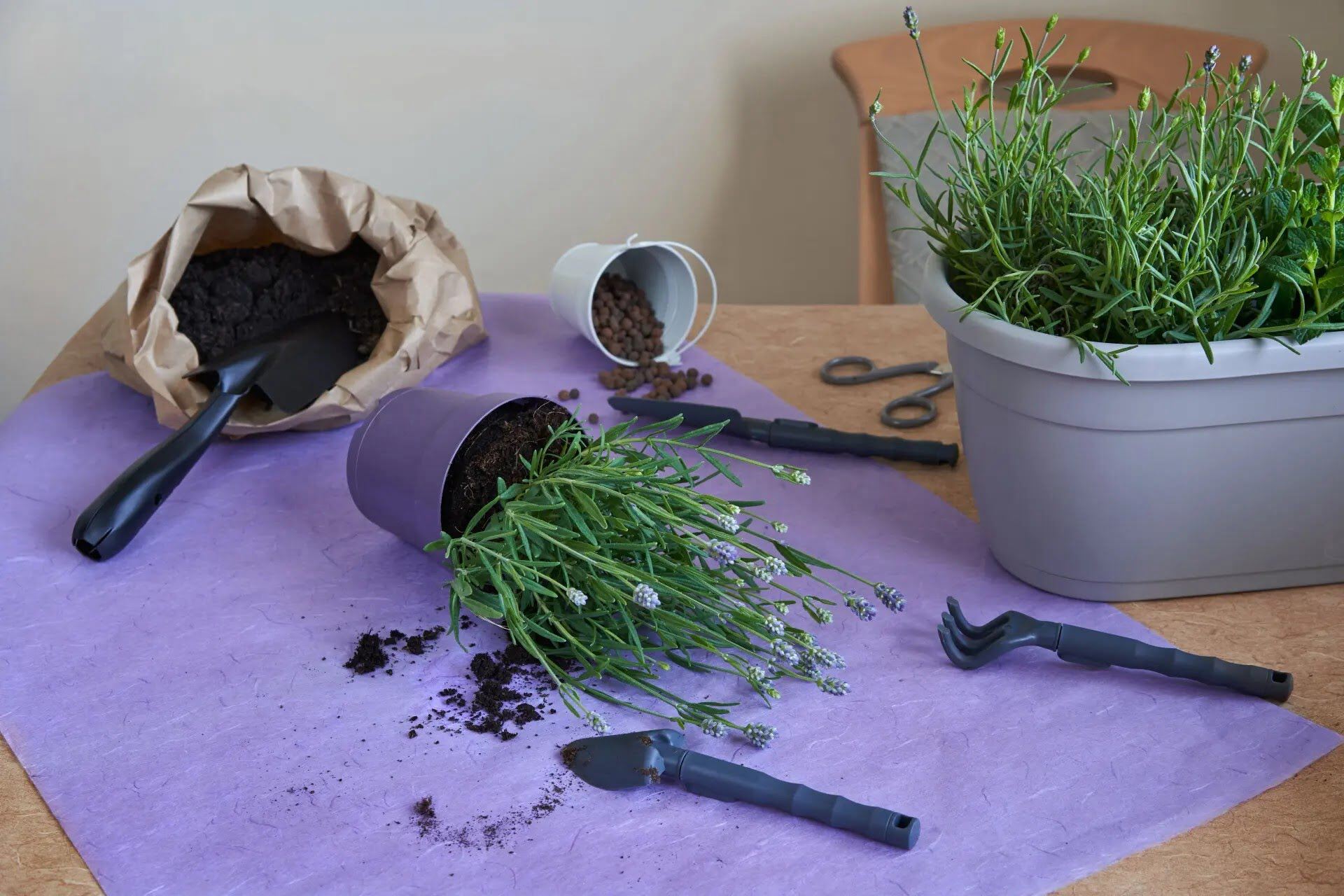
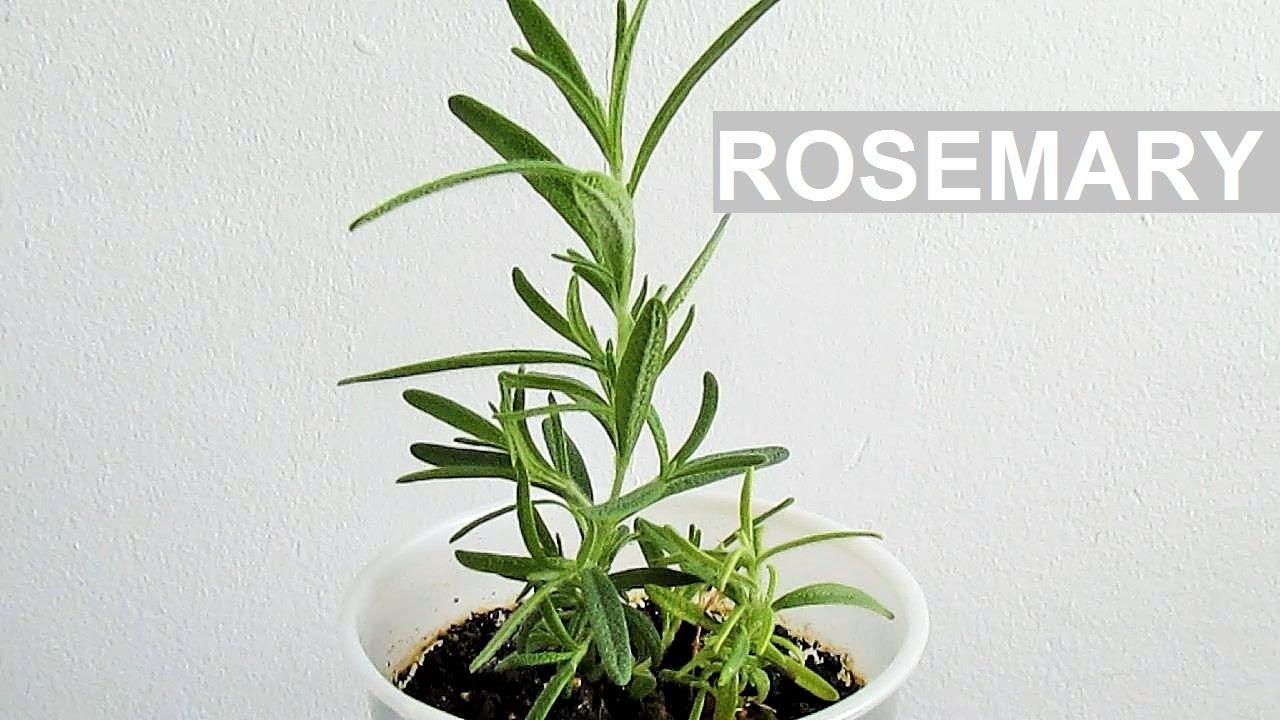
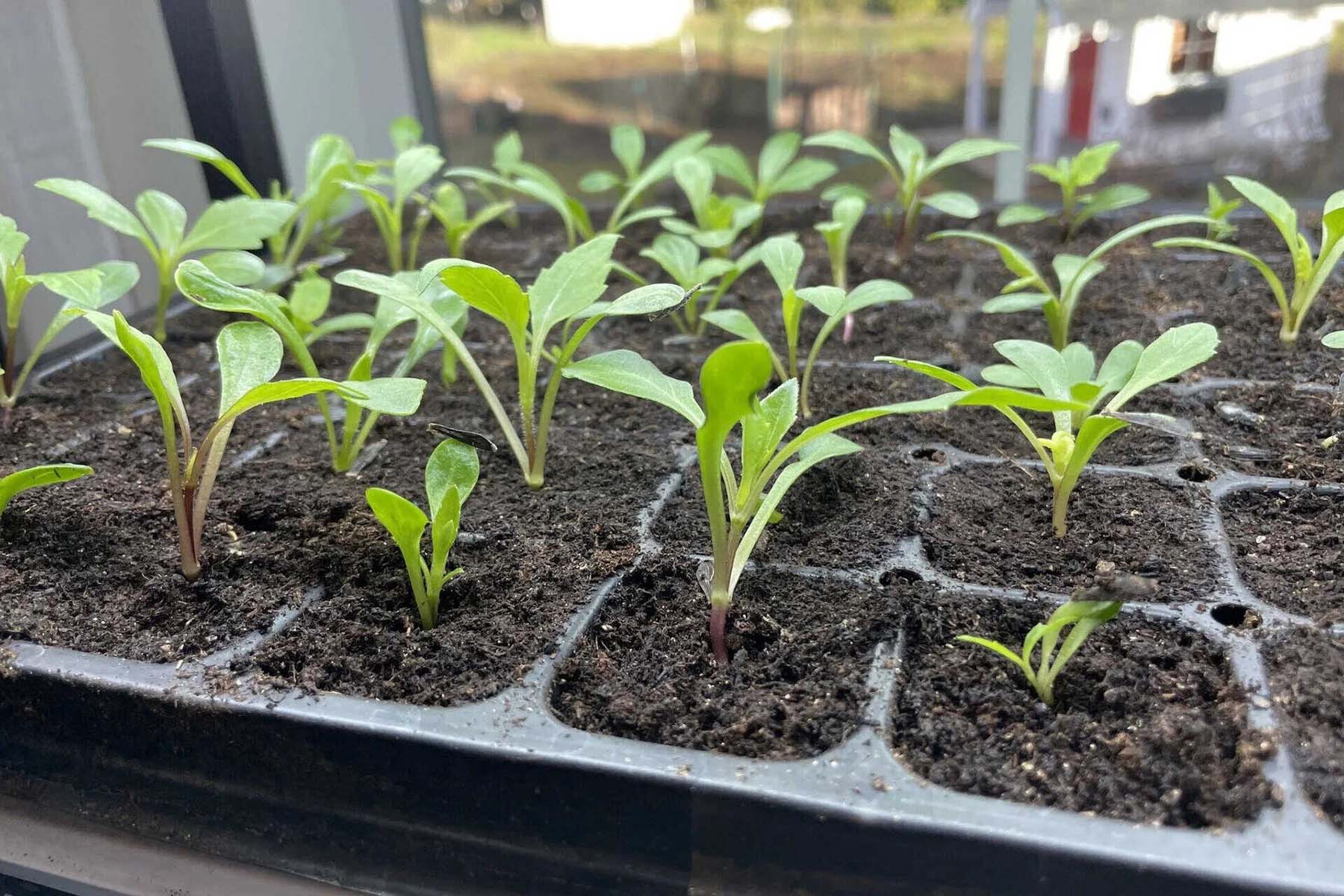
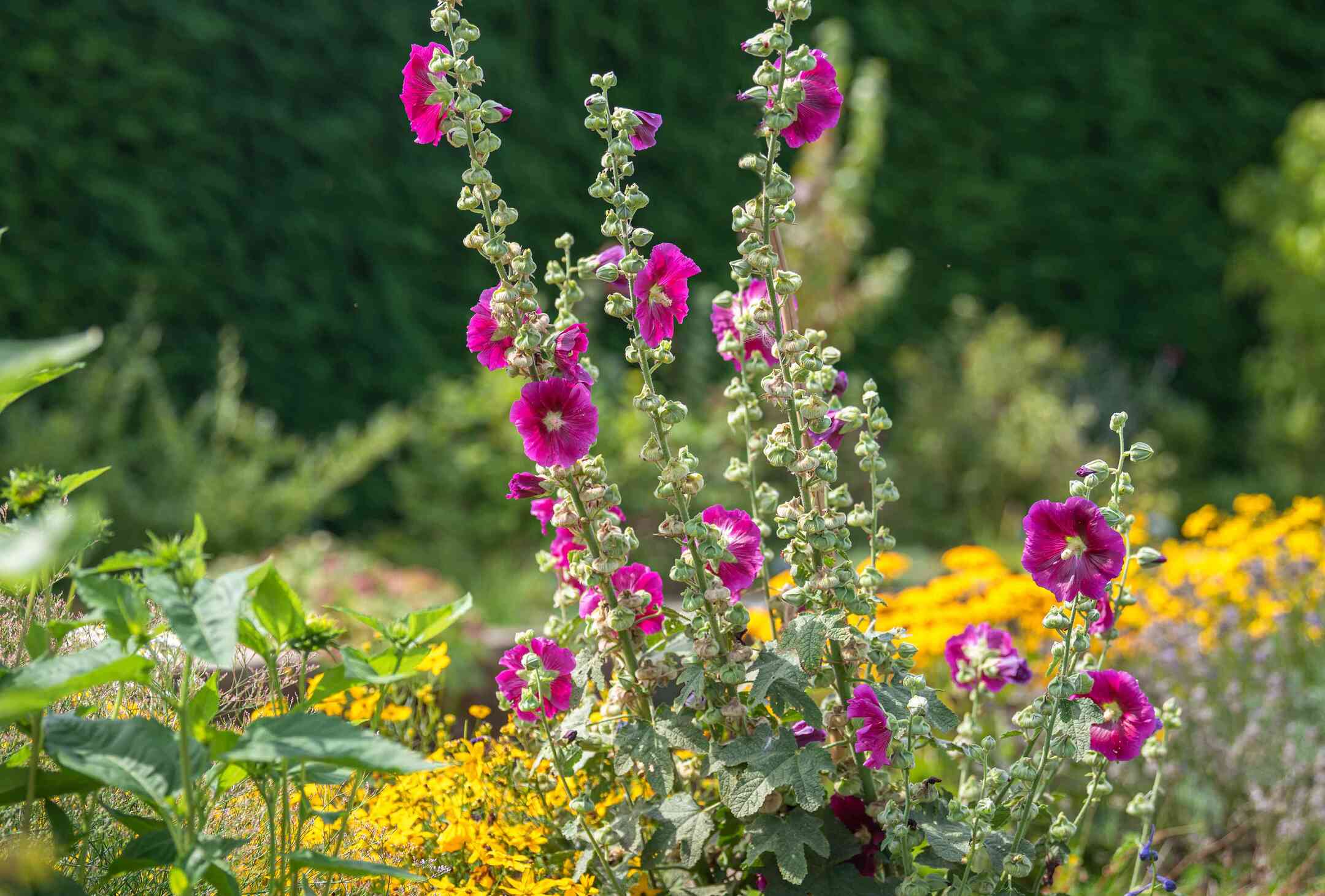
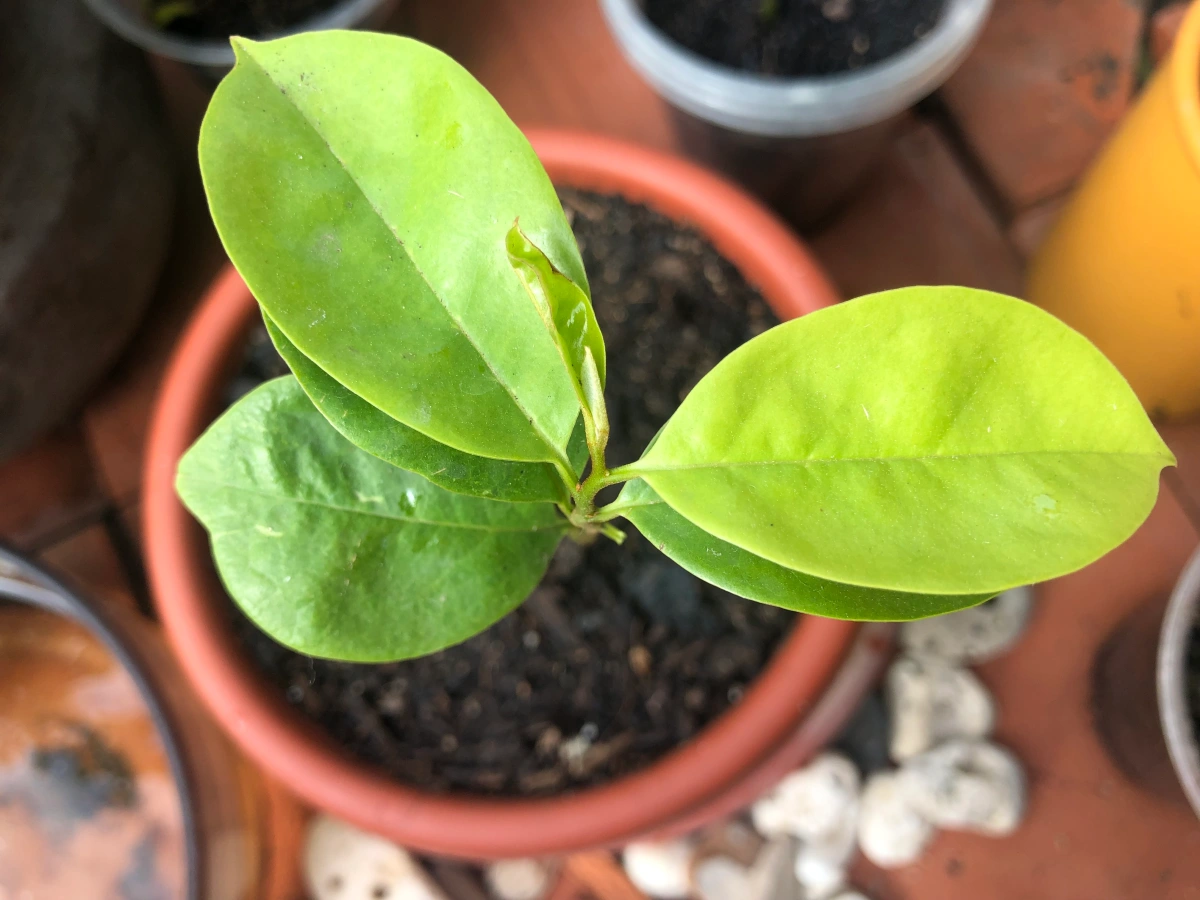
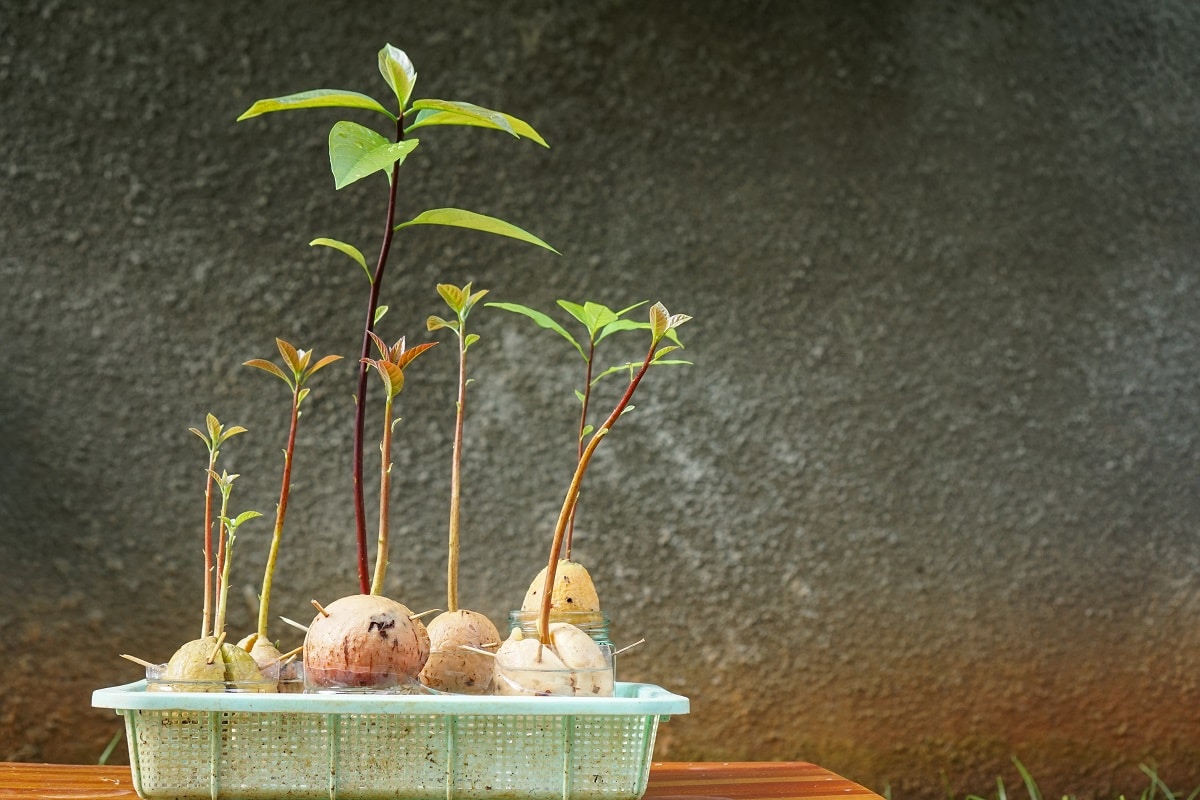
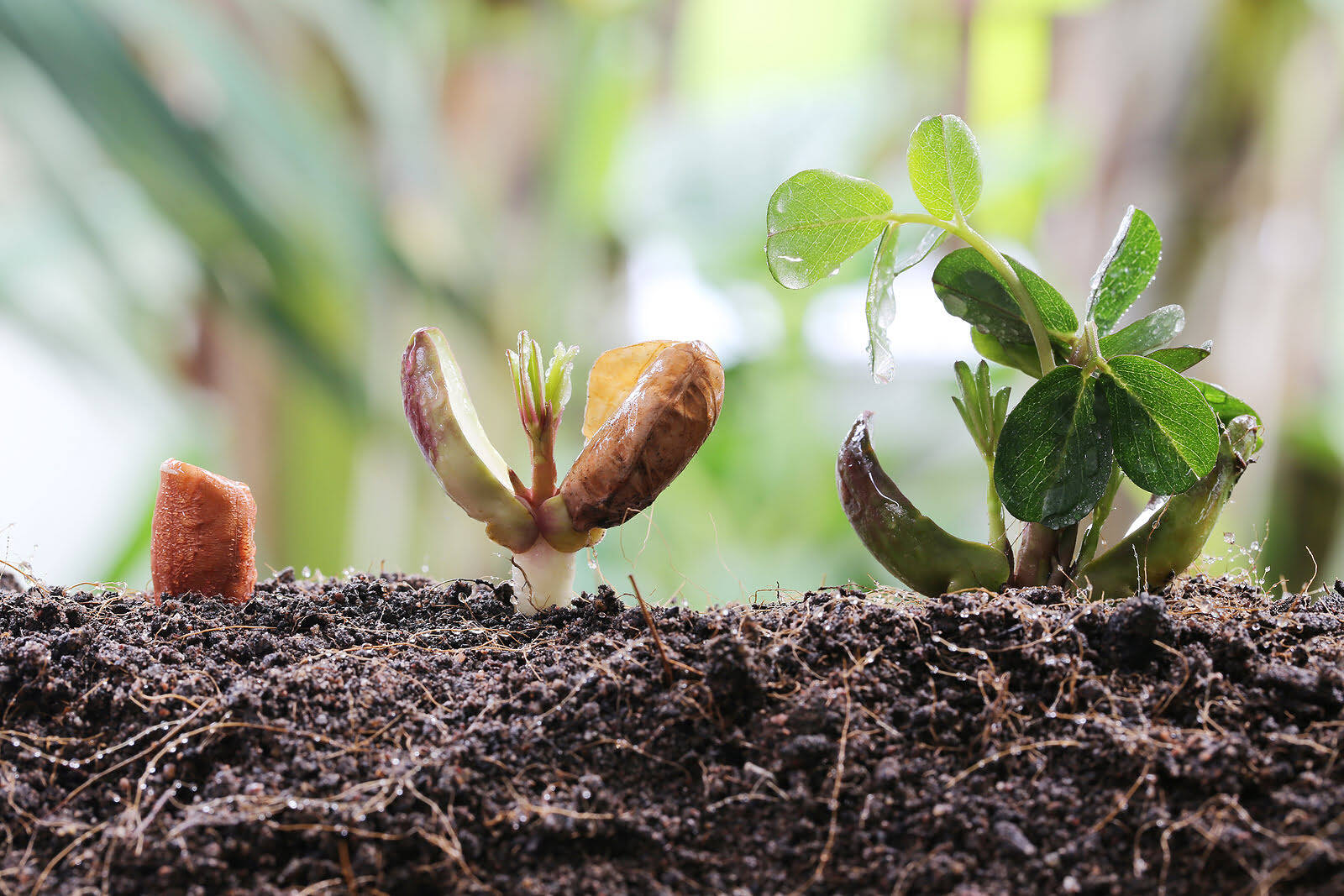
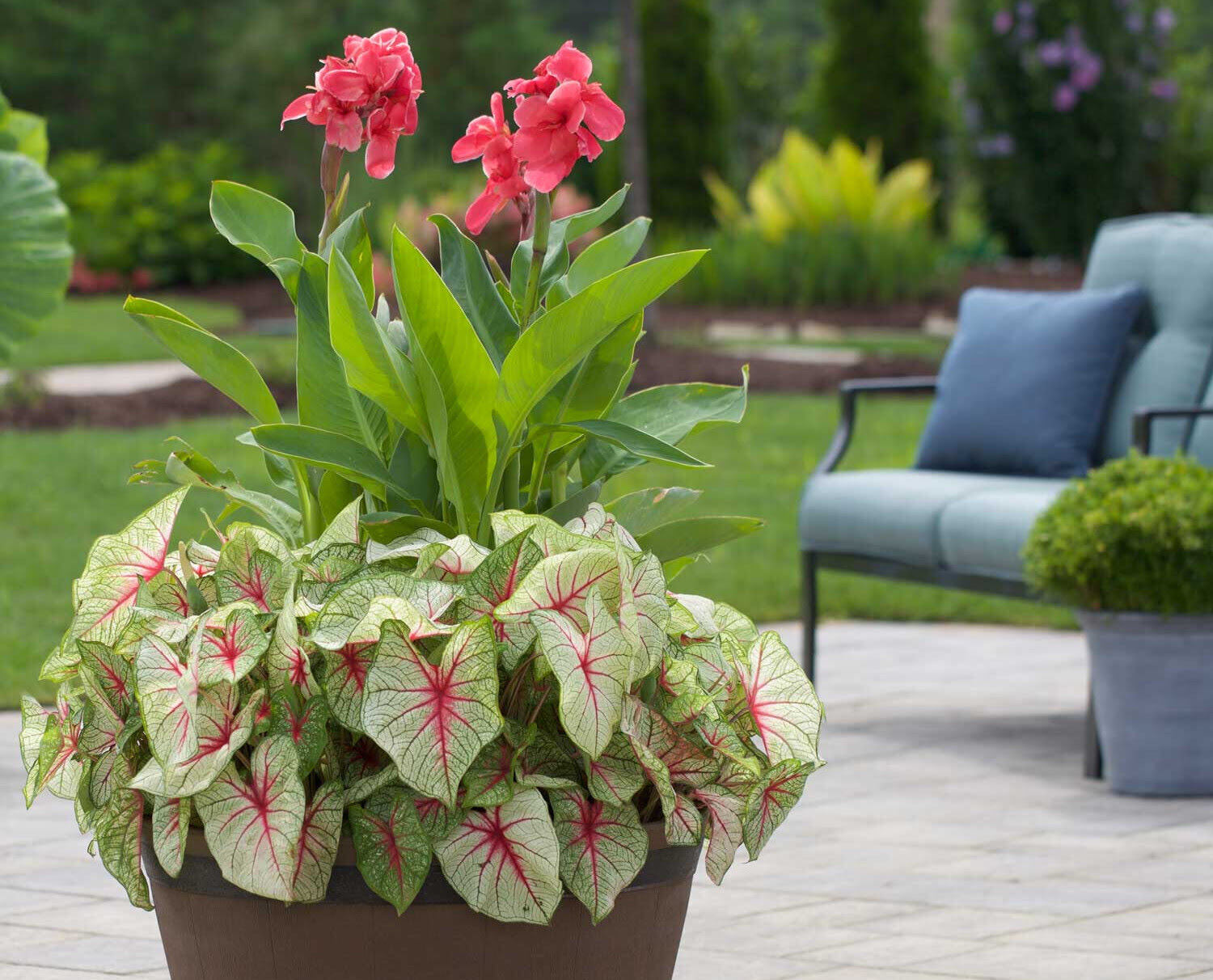
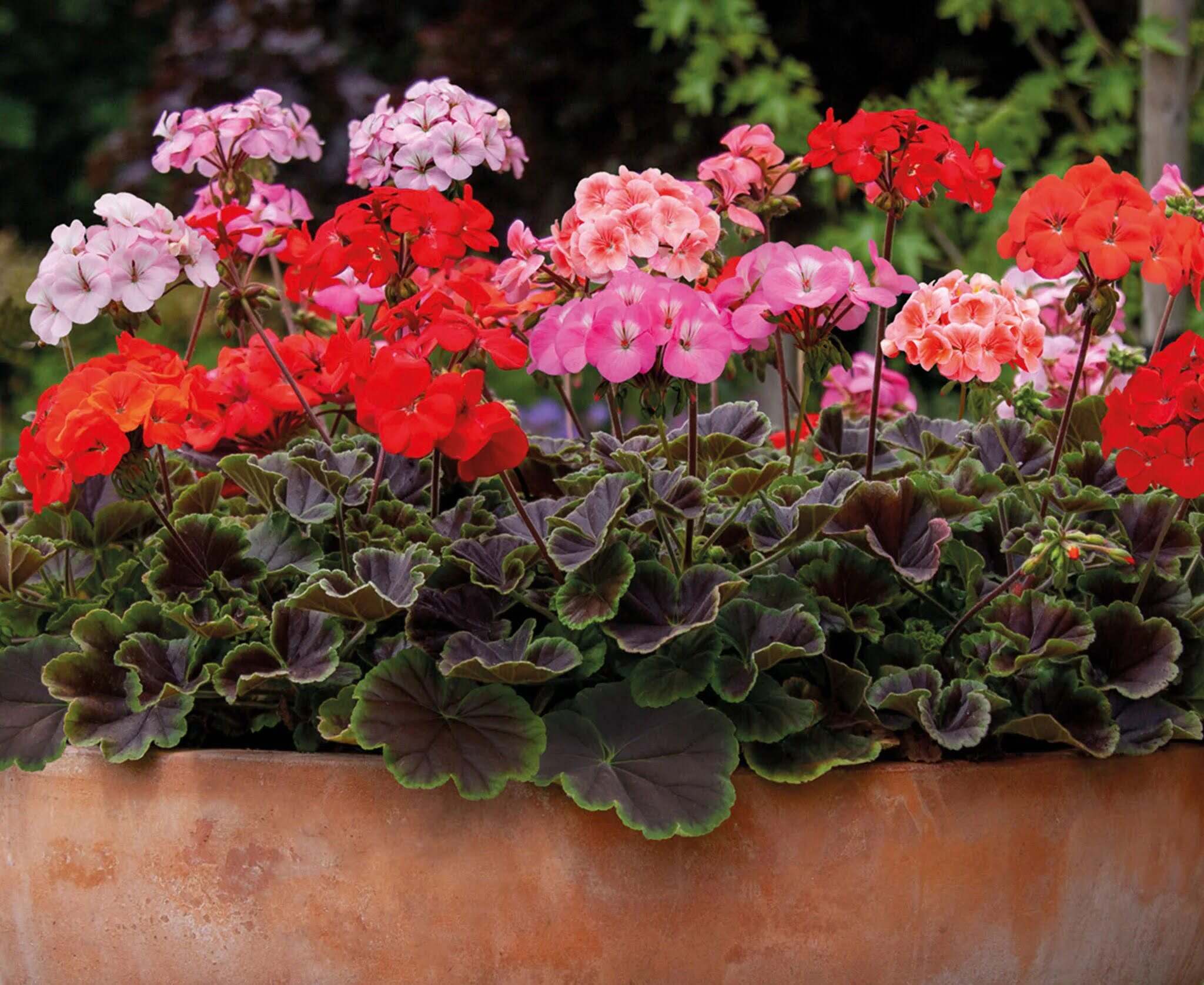
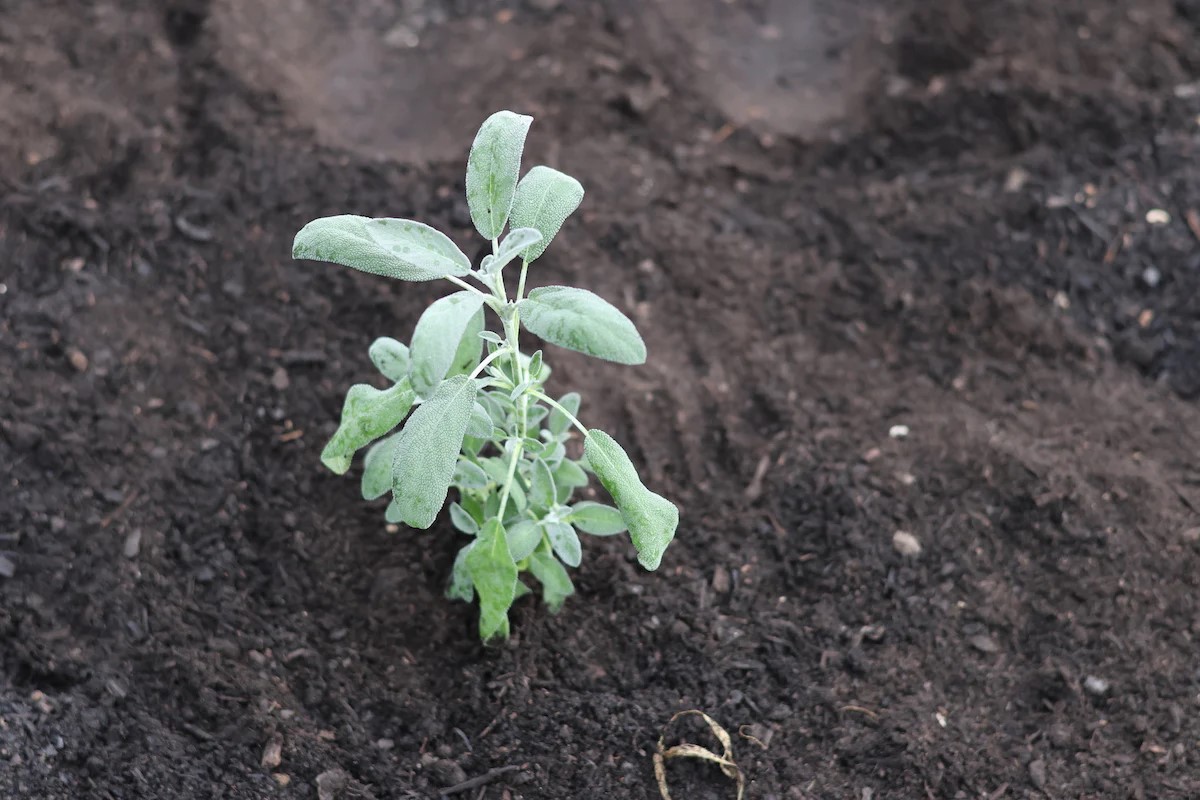
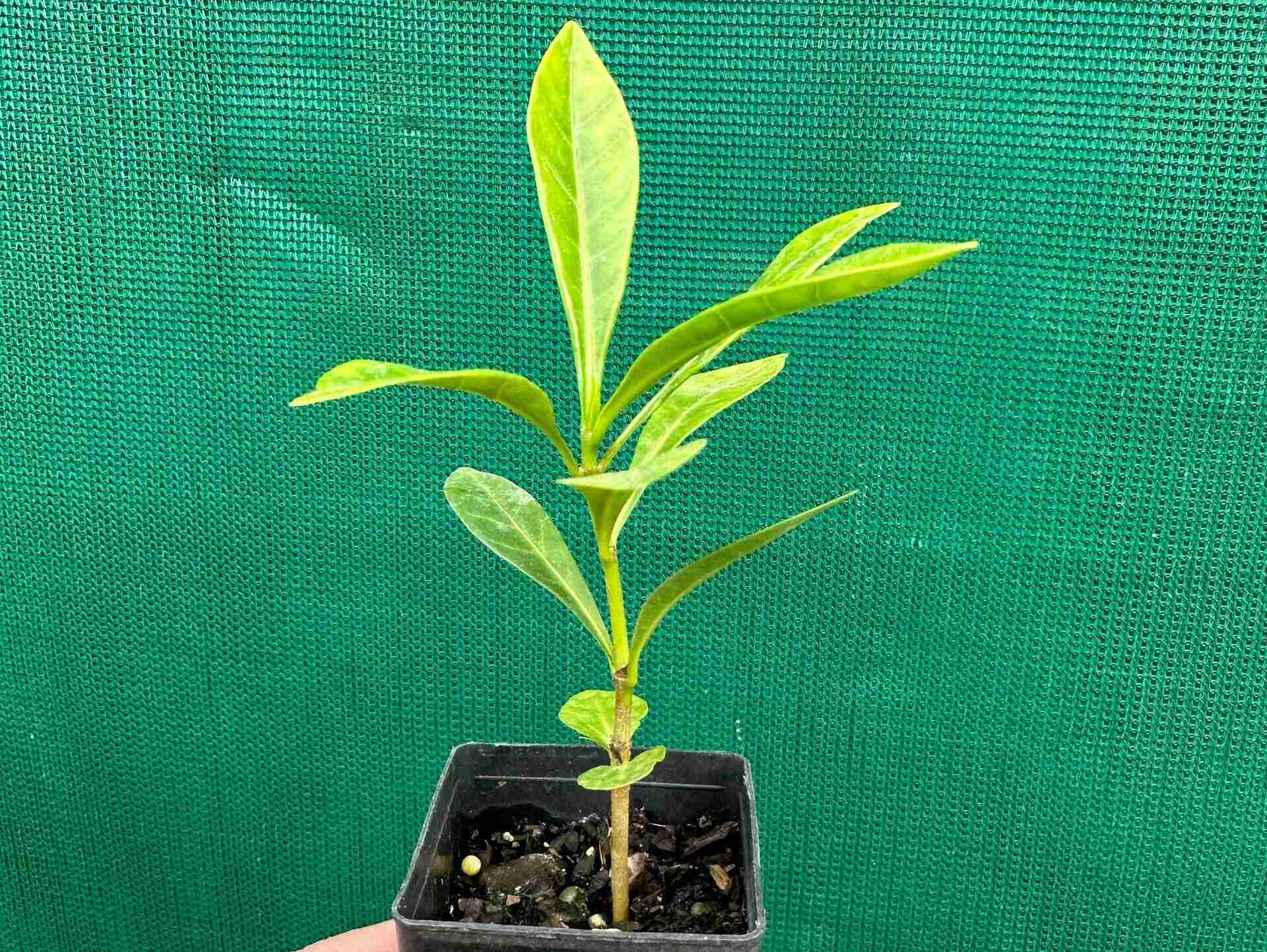
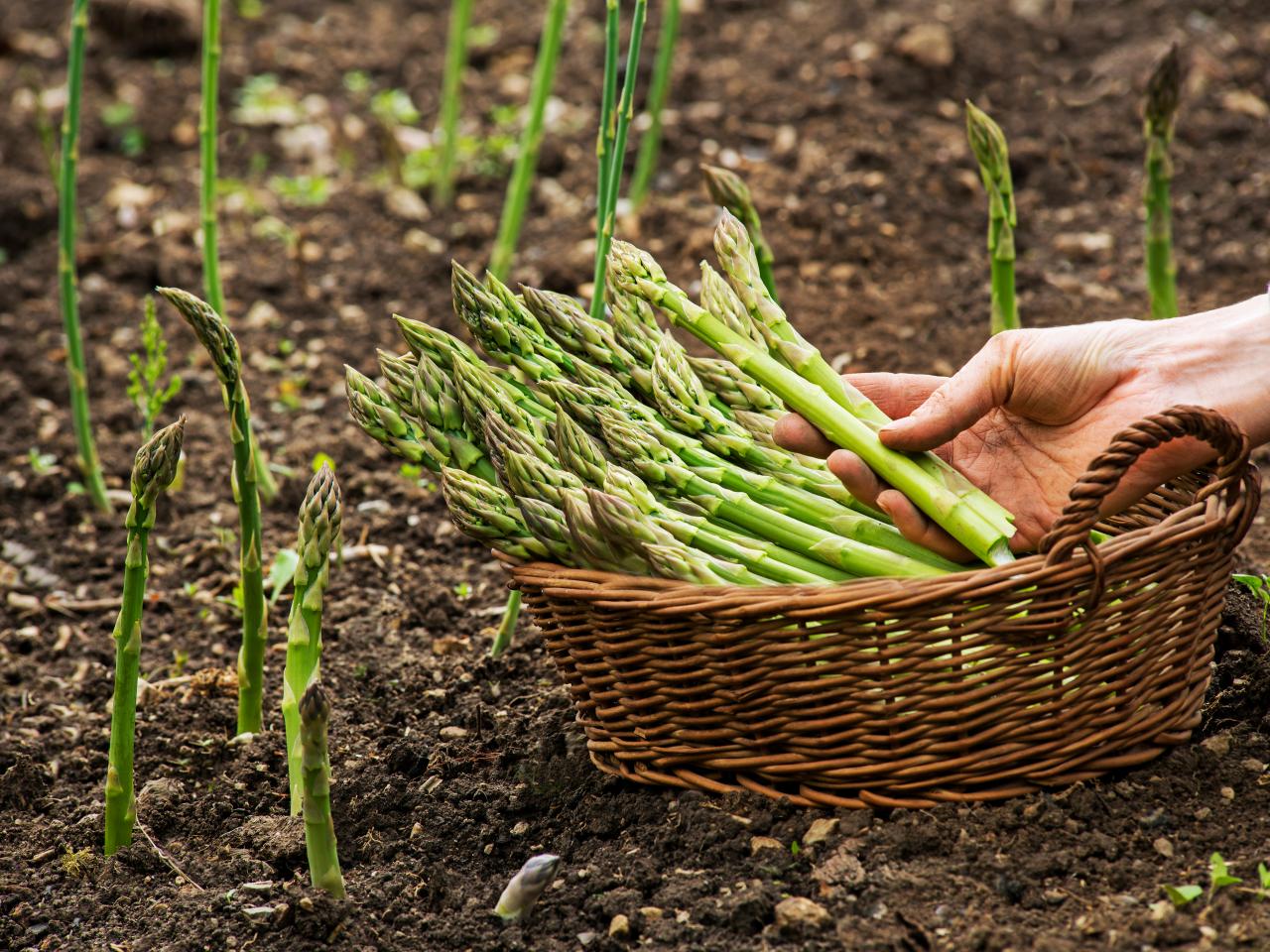
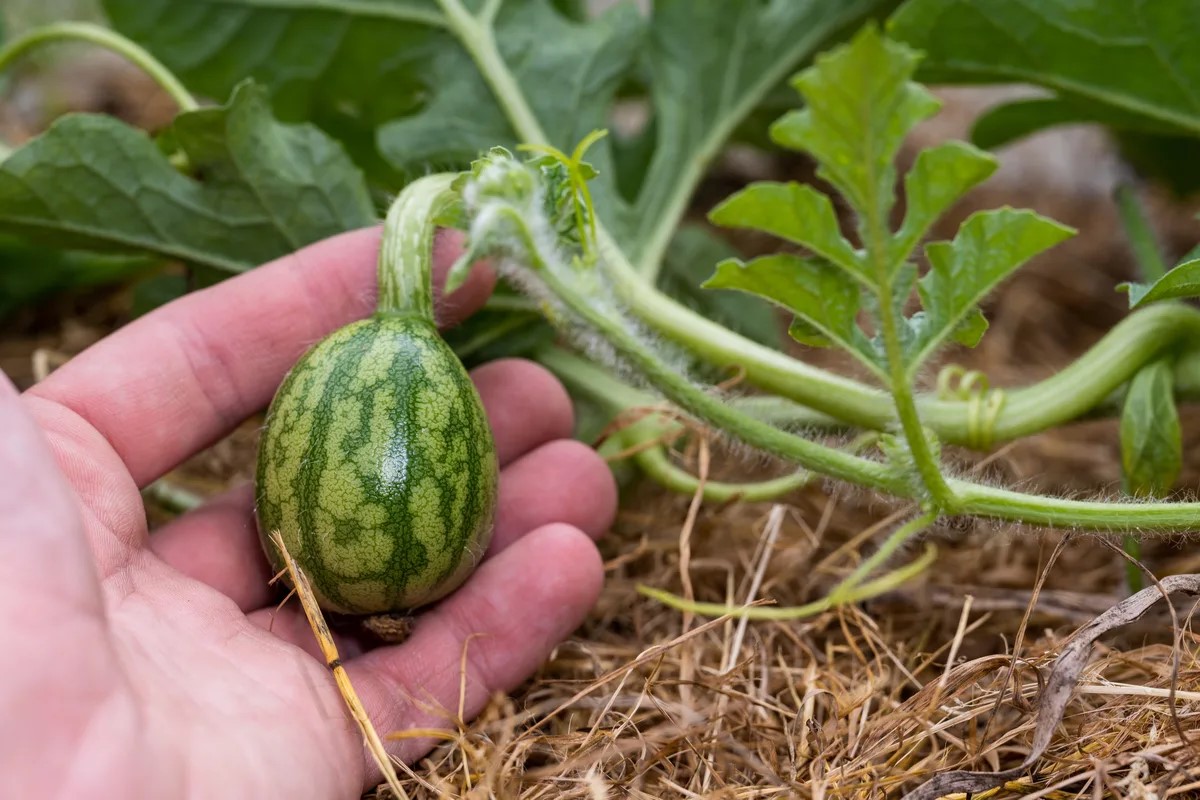
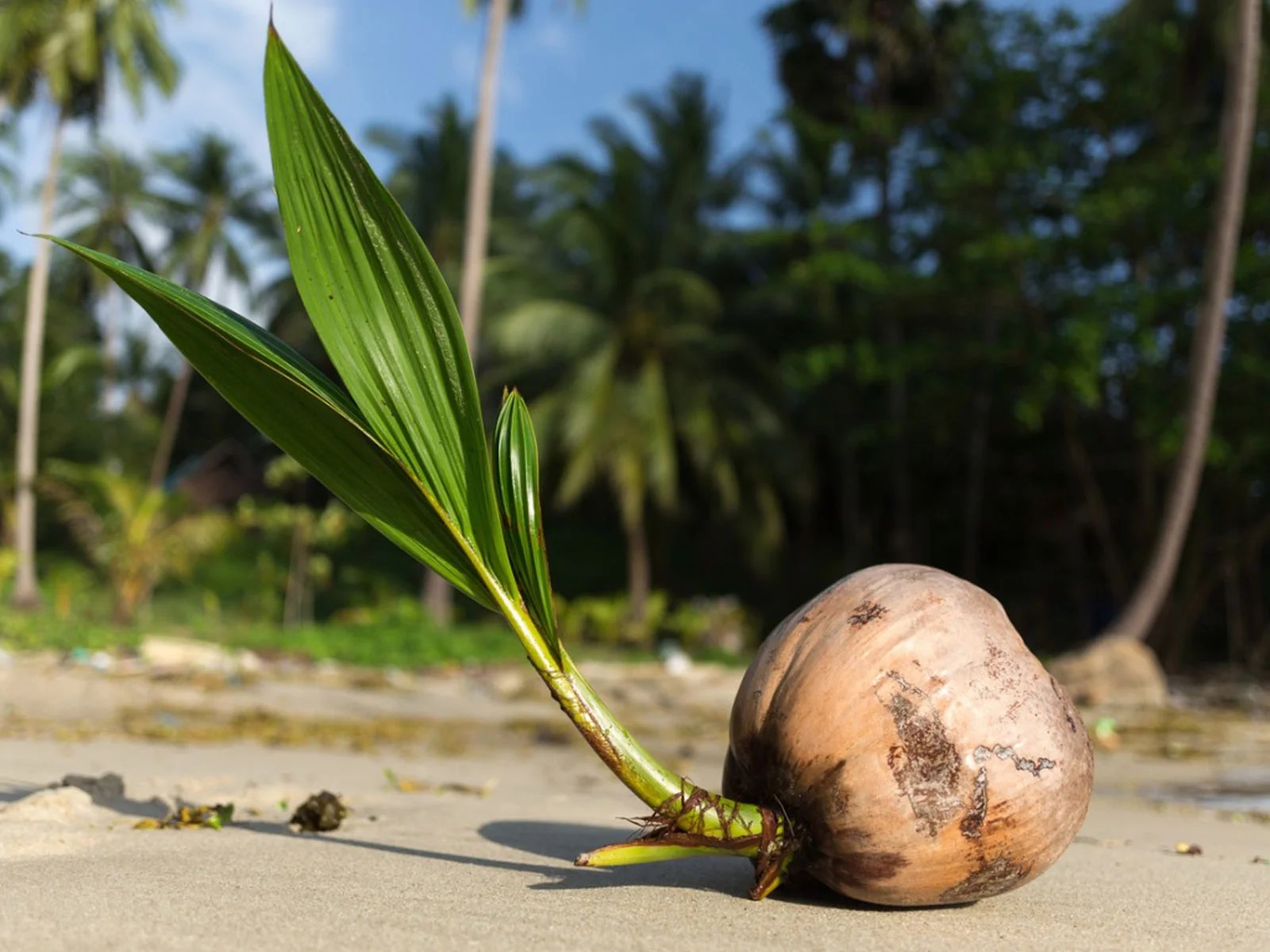

0 thoughts on “How To Grow Pomelo From Seed”